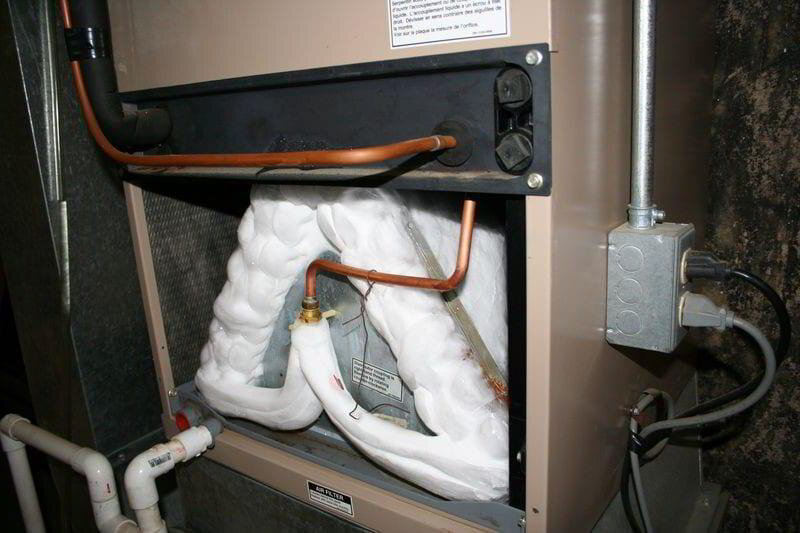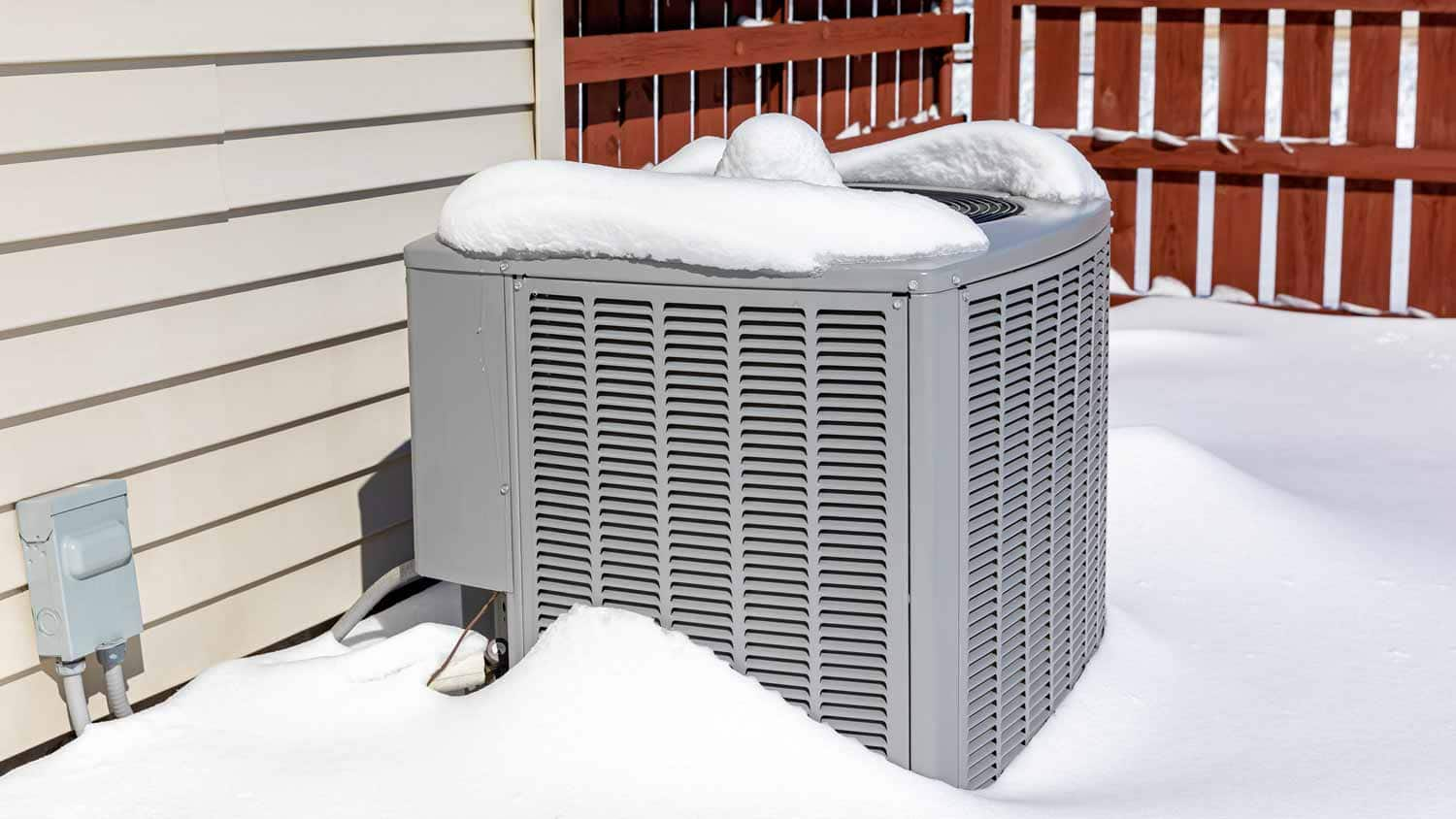What to I Do If My AC Pipe Is Frozen? - Key Tips for Fixing Functionality
What to I Do If My AC Pipe Is Frozen? - Key Tips for Fixing Functionality
Blog Article
They are making several good annotation on the subject of Air Conditioner Frozen? How To Fix your Frozen AC Line in general in the content further down.

Introduction
Discovering that your air conditioning pipe is frozen can be concerning, particularly throughout warm summertime when you rely upon your air conditioning unit the most. Comprehending what to do in such a scenario is crucial to prevent further damages to your air conditioning system and guarantee your convenience indoors.
Comprehending the Causes
A number of elements can contribute to the freezing of an air conditioning pipe. Understanding these causes can aid you deal with the concern efficiently.
Lack of Airflow
One usual root cause of a frozen a/c pipe is inadequate air flow. When the airflow over the evaporator coil is restricted, it can trigger the coil to go down below freezing temperature level, causing ice development on the pipe.
Reduced Refrigerant Levels
Inadequate cooling agent degrees in your air conditioner system can likewise result in a frozen pipe. Reduced cooling agent degrees can cause the pressure in the system to drop, causing the cold of dampness on the evaporator coil.
Winter Conditions
In colder climates, freezing temperatures outside can contribute to the freezing of a/c pipes. If your AC unit is not correctly shielded or if there are leaks in the ductwork, chilly air can infiltrate the system, triggering the pipe to freeze.
Dirty Air Filters
Filthy or blocked air filters can limit air movement in your AC system, bring about numerous problems, consisting of a frozen pipeline. It's essential to change or cleanse your air filterings system routinely to ensure correct air movement and avoid ice buildup.
Signs of a Frozen Air Conditioner Pipe
Acknowledging the signs of a frozen AC pipe is important for punctual activity.
Decreased Airflow
If you see a significant decline in air movement from your vents, it can indicate a frozen pipeline.
Ice Buildup on the Pipe
Noticeable ice accumulation on the refrigerant line or the evaporator coil is a clear sign of a frozen air conditioner pipeline.
Strange Sounds from the Unit
Unusual noises, such as hissing or bubbling, coming from your AC device can indicate that there's ice existing on the pipe.
Immediate Actions to Take
When faced with an icy AC pipe, it's important to act rapidly to avoid more damages to your air conditioning system.
Switching off the air conditioning
The first step is to turn off your ac unit to prevent the system from running and intensifying the issue.
Looking for Blockages
Check the location around the indoor device for any blockages that might be blocking air movement, such as furniture or curtains.
Thawing the Pipe
You can make use of gentle techniques like putting towels taken in warm water around the frozen pipe to aid thaw it slowly.
Preventive Measures
Taking preventive measures can aid prevent future incidents of an icy air conditioning pipeline.
When DIY Methods Fail
If your efforts to thaw the pipe or address various other issues are not successful, it's time to call in a specialist.
Relevance of Hiring a Professional HVAC Technician
A licensed HVAC service technician has the know-how and devices necessary to identify and repair concerns with your a/c system safely and effectively.
Routine Maintenance Checks
Schedule regular upkeep talk to a specialist HVAC specialist to guarantee that your a/c system is running successfully.
Altering Air Filters
Frequently replace or cleanse your air filters to avoid airflow restrictions and keep optimal performance.
Protecting Exposed Pipes
If your air conditioner pipes are revealed to cold temperatures, consider shielding them to stop cold during winter months.
Seeking Professional Help
If DIY approaches fall short to fix the problem or if you're uncertain about just how to continue, it's finest to look for support from a qualified HVAC technician.
Final thought
Dealing with a frozen AC pipeline can be an irritating experience, however understanding just how to respond can help decrease damage and restore convenience to your home. By understanding the causes, recognizing the signs, and taking punctual action, you can properly deal with the concern and avoid future occurrences.
What to Do If Your AC Line Is Frozen
Make Sure All Supply and Return Air Vents Are Open
If you notice problems with airflow, the first thing you should do is check your supply and return vents. Supply vents distribute clean, conditioned air throughout your home. As this air becomes stale, it’s pulled into the return vent, where it’s reconditioned before being sent back out through the supply vent.
When these vents are closed, air won’t flow in the home. Before examining your AC, check the vents in every room and ensure they’re all open.
Check for a Dirty Air Filter
Another possible cause of limited airflow is a dirty air filter. Your air conditioner’s filters catch elements you don’t want to breathe in, such as dirt and dust. Over time, filters can become clogged, ultimately blocking air from flowing in and out. The lack of airflow can then cause the entire coil to freeze and will completely restrict any air from moving through it. The AC may need to be powered off for one to two days to allow the coil to thaw after replacing the filter to allow proper functioning of the unit. This debris can also accumulate on your AC’s evaporator coil, requiring a more serious repair. In general, air filters should be cleaned regularly (about every two weeks).
Assess Your Outdoor Unit
In addition to checking your AC, assessing the outdoor unit is a good idea. Also known as the condensing unit, it works with your interior unit to release heat outside. An issue with the outdoor unit can result in rising internal temperatures.
Overgrown Shrubs or Clogged Leaves
From leaves and twigs to shrubs and debris, there’s no shortage of outdoor elements that can accumulate around your condensing unit. When these elements get lodged inside the unit, they can block airflow. Fortunately, removing the blockage can solve the problem.
Sounds of a Broken Fan
Shrubs and leaves aren’t the only things that can impede your outdoor unit’s airflow. If the fan is broken, the unit won’t be able to properly get rid of heat — which means the internal temperature won’t go down. First, make sure the fan is spinning. If it is, check for the following sounds of a broken fan:
Buzzing Rattling Screeching Hissing Clicking Preventative Measures
Nobody wants to deal with a frozen AC line. In addition to causing problems with your air conditioner, they require professional repairs. On the bright side, there are preventative measures you can take to help ensure this issue doesn’t arise in the first place.
https://www.coopergreenteam.com/blog/what-to-do-if-ac-line-frozen

We were made aware of that report on Have a Frozen AC Line? Here’s How to Fix It from an associate on our other website. Enjoyed reading our write up? Please share it. Help others discover it. Thanks for taking the time to read it.
Click Here Report this page